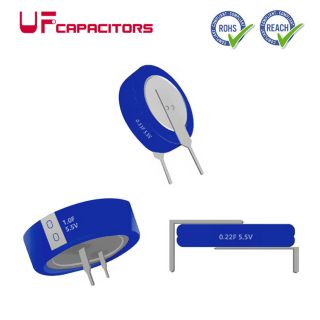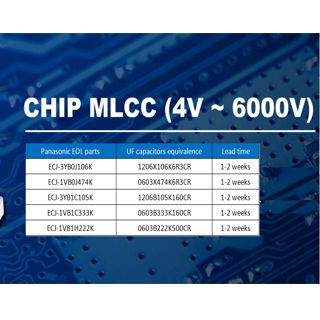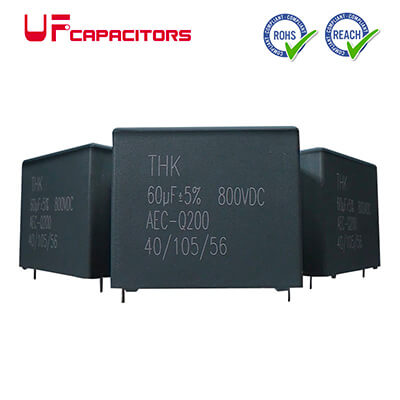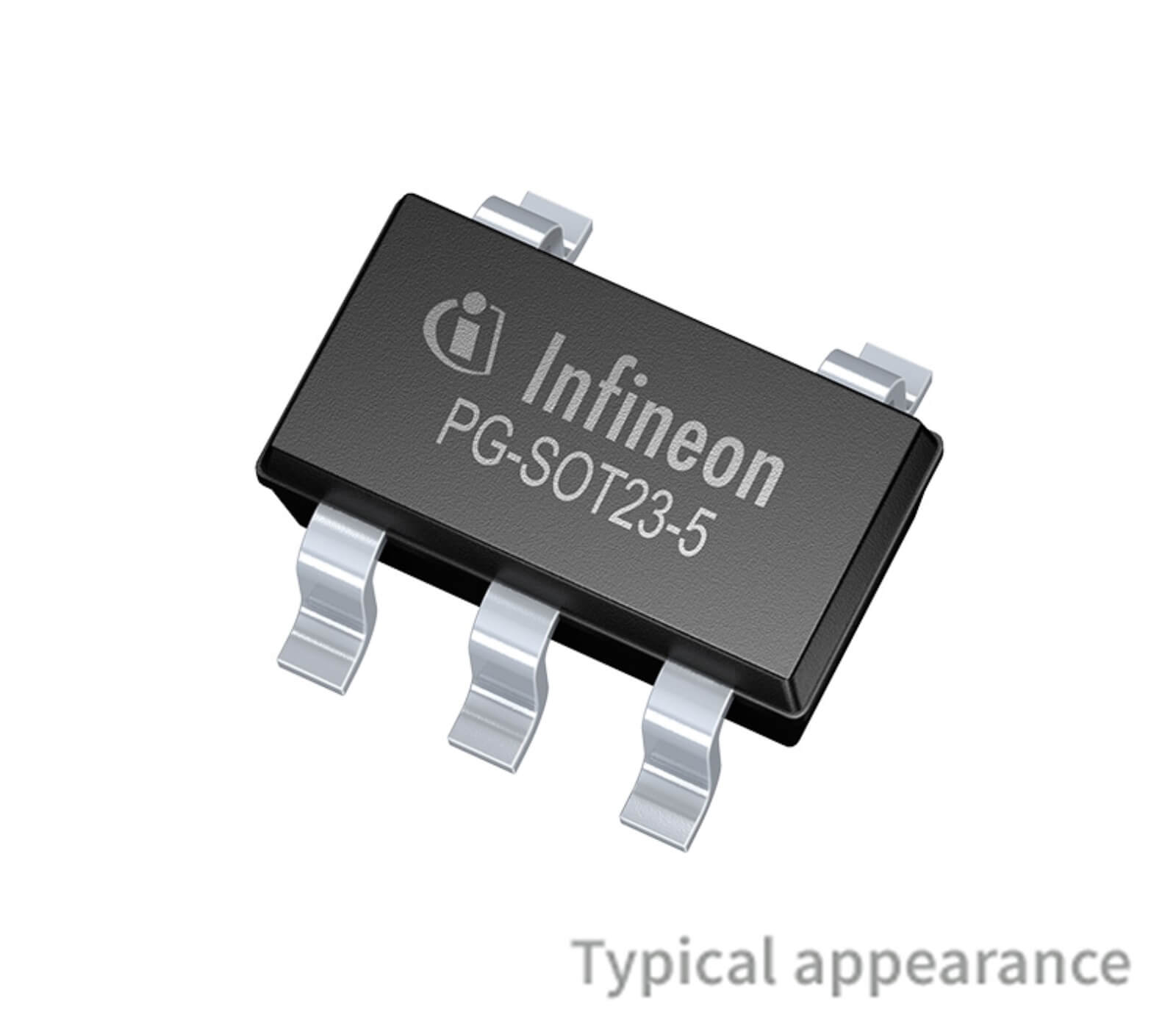Overview of TVS Diodes
A TVS diode (Transient Voltage Suppressor) is a semiconductor device designed to protect electronic equipment from voltage surge damage. It responds within nanoseconds (<1 ps), clamping transient overvoltages to safe levels. Widely used in power interfaces, communication devices, and automotive electronics, studies show that proper TVS implementation can reduce circuit failure rates by over 80%.
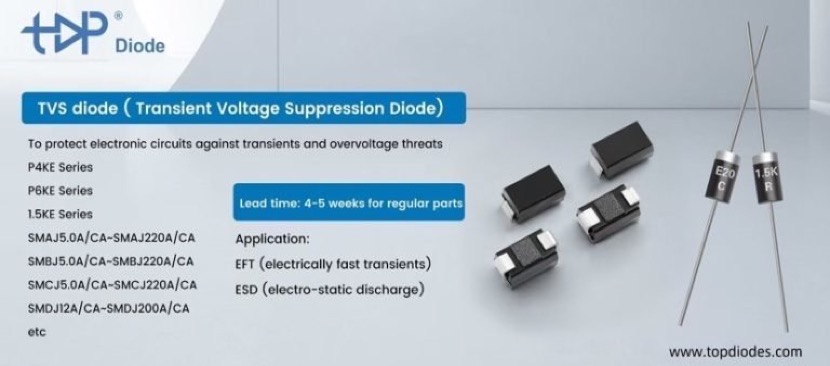
TVS Diode Classification Guide: 5 Types + 3 Packaging Formats
1. By Polarity (Key Differences)
| Type | Unidirectional TVS | Bidirectional TVS |
|---|---|---|
| Operation | Suppresses forward surges only | Clamps bidirectional surges |
| Applications | DC circuits | AC circuits |
| Symbol | Single arrow | Double arrows |
| Cost | 10%-20% lower | Slightly higher |
2. By Power Rating
- Low Power (<500W): SOD-123 packaging (e.g., USB ports)
- Medium Power (600–1500W): SMA/DO-214AC (e.g., Ethernet interfaces)
- High Power (>5kW): SMC/TO-220 (e.g., industrial power supplies)
3. Specialized Types
- ESD Protection: CDM resistance up to 30kV (e.g., Littelfuse SP3012)
- Automotive Grade: AEC-Q101 certified (-55℃ to 175℃)
- Ultra-Low Capacitance: <0.3pF (e.g., HDMI 2.1 interfaces)
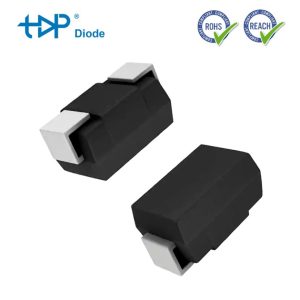
7-Step TVS Diode Selection Method
Step 1: Determine Working Voltage
- VRWM ≥ Circuit max voltage × 1.2 (e.g., 5V circuit → 6.8V TVS)
Step 2: Calculate Clamping Voltage
- VC < Protected device’s voltage tolerance (20% margin recommended)
Step 3: Select Peak Pulse Power
- PPPM = (IPP² × VC) / 1.3 (per IEC 61000-4-5 standard)
Step 4: Choose Packaging
- Surface-mount: 0402 (0.5kW) → Automotive SMC (5kW)
- Through-hole: DO-41 (1kW) → TO-263 (10kW)
Step 5: Verify Response Time
- High-speed interfaces (USB4.0) require <0.5ns
Step 6: Environmental Adaptation
- Automotive: AEC-Q101 certified
- Industrial: Wide-temperature (-55℃ to 150℃) models
Step 7: Cost Optimization
- Consumer electronics: Domestic brands (e.g., LRC)
- High-reliability: Vishay/ON Semiconductor
Top 5 TVS Selection Mistakes & Solutions
- Mistake: Focusing only on breakdown voltage, ignoring VC
Case Study: Router PHY chip damaged due to excessive VC
Solution: Ensure VC < 0.8 × device’s max voltage - Mistake: Insufficient power margin
Test Data: 600W TVS failed after 10 surges (8/20μs waveform) - Packaging Pitfalls:
- SMA packaging delivers only 60% of DO-41’s power
- 0402 packaging has 40% lower heat dissipation than 0603
TVS vs. Other Protective Devices (Pros & Cons)
| Device | Response Time | Current Handling | Cost | Applications |
|---|---|---|---|---|
| TVS | <1ns | Medium | $0.03–0.7 | Precise voltage clamping |
| MOV | 5–50ns | High | $0.15–1.5 | Power ports |
| GDT | 100ns+ | Very High | $0.7–7 | Lightning protection |
| ESD Diode | 0.1ns | Low | $0.01–0.15 | High-speed ESD |
Hybrid Solution: GDT + TVS (10× surge current improvement)
2025 TVS Selection Trends & Brand Recommendations
- Emerging Tech:
- Integrated TVS (with EMI filtering)
- Programmable TVS (adjustable trigger voltage)
- Top 5 Brand Comparison:
Brand Response Time Power Density Cost-Effectiveness
Vishay 0.3ps ★★★★☆ High
Littelfuse 0.5ps ★★★★★ Medium-High
LRC (China) 1ps ★★★☆☆ Ultra-High 7. Summary: Golden Rules for TVS Selection- Voltage Matching: VRWM = 1.2 × Vmax, VC < 0.8 × Vdevice
- Power Sufficiency: Calculate based on actual waveforms, not nominal ratings
- Environment Adaptation: AEC-Q101 for automotive, low capacitance for high-speed interfaces
- Cost Control: Domestic brands for consumer electronics, imported for critical systems

